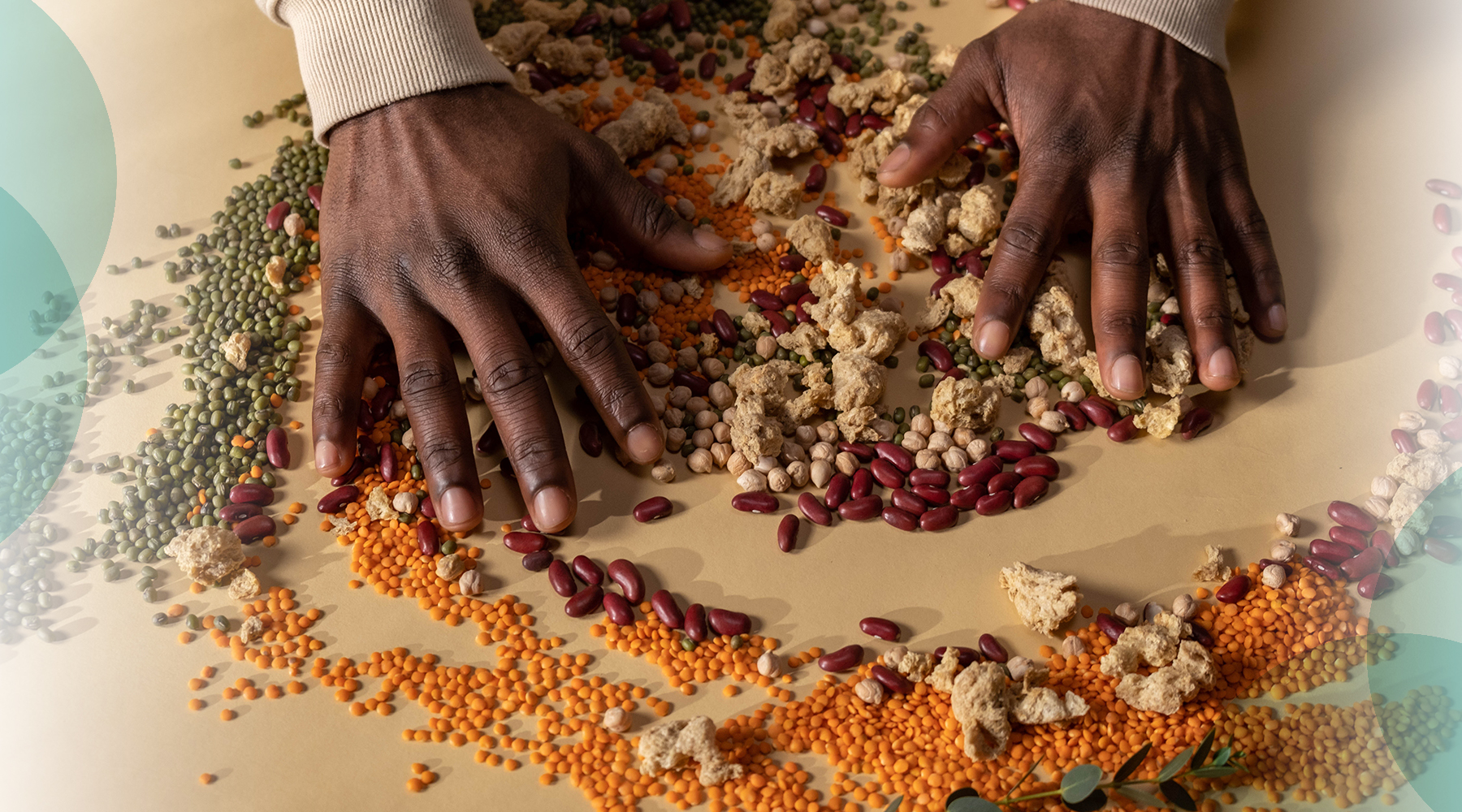Calcium is pretty well-known for being an extremely important nutrient. In fact, it’s a nutrient that all living organisms need, not just us humans. Most people are aware that calcium is important for bone health and strong teeth. Our bones are actually made of living, growing tissue that is reinforced with calcium.
The calcium (along with some phosphorus, too) is what makes up the structures that give our bones and teeth strength and hardness. Something like 99% of the body’s calcium is stored in the bones.

Calcium’s Other Important Roles
But did you know that there’s more to calcium than just strong bones? While 99% of the calcium in your body is found in your bones, the remaining 1% of calcium can be found in your blood, muscles, and other tissues. That means that it’s important to more than just your bones and teeth. Surprise!
What’s it doing elsewhere?
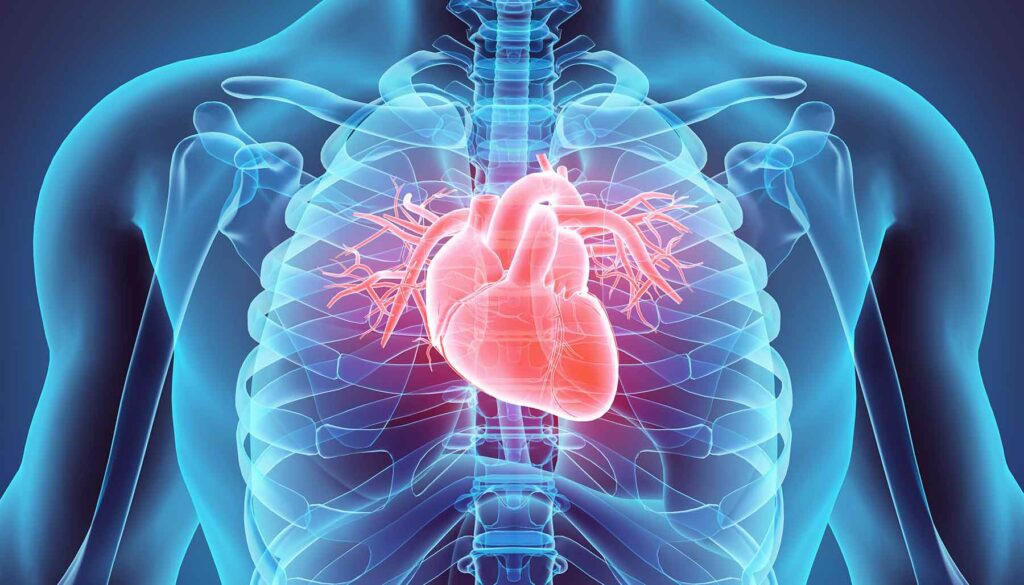
Well, calcium serves many other functions in the body, too. Your heart, muscles, and nerves need the nutrient. It helps the body perform vital daily functions, like helping muscles to contract, regulating normal heart rhythms, helping nerves carry messages between your brain and other parts of your body, plus it plays an important role in blood clotting.
As you can imagine, getting enough calcium is pretty important for our bodies. If the levels of calcium elsewhere drop too low, your body will actually take calcium from your bones and release it into the bloodstream. This loss of bone mass will leave your bones weaker and more porous. Your teeth will eventually start to deteriorate, and can even result in slower hair growth and thin skin. If the condition worsens and you lose too much bone mass, you’re at risk for osteoporosis.
Recommended Intake
Let’s avoid that altogether by getting enough calcium. Many people aren’t getting enough calcium in their diets. The amount you actually need each day depends on your age. Here are the recommended amounts for adults, according to the National Institutes of Health Office of Dietary Supplements:
- Men ages 19-70: 1,000 mg
- Men 71 and older: 1,200 mg
- Women ages 19-50: 1,000 mg
- Women 51 and older: 1,200 mg
As you can see, the recommended calcium intake goes up for women at the age of 51, while it doesn’t go up for men until after the age of 70.
Making Sure You Get Enough Calcium, By Getting Vitamin D
It is much more effective to get calcium from food sources, rather than just from calcium supplements. Of course, if you’re struggling to meet the recommended intake, supplements can definitely help! However, it’s important to ask your healthcare provider if you need additional supplements because too much calcium from supplements can also have its own slew of problems.
Here’s the kicker, though: you can’t just ingest a bunch of calcium-rich foods or supplements and call it a day. In order for the calcium to be absorbed, your body also needs vitamin D. Dubbed the “sunshine vitamin,” you can get some by spending time in sunlight. However, you can also get vitamin D in the foods you eat. Luckily, some of these foods also contain calcium – especially the fortified ones – so you can get both nutrients at the same time.

- Fatty fish, including salmon, tuna, sardines, and swordfish
- Oysters
- Mushrooms, particularly wild mushrooms
- Egg yolks from free-range or pasture-raised chickens
- Foods fortified with vitamin D, like orange juice, plant-based milks, breakfast cereals, and tofu
- Beef liver
- Supplements that contain vitamin D
On to the Sources of Calcium!
Of course, we all know that dairy products contain a lot of calcium. From cow’s milk to cheese, yogurt and even ice cream, dairy is usually the go-to for people looking to up their calcium intake. We can probably partially blame that on marketing.
However, if you avoid dairy due to allergies or because you choose to follow a vegan diet, there are still plenty of other foods to get your calcium from. You’ll notice that some of them were already listed above for their vitamin D content, too. Here’s a list of some of the best non-dairy calcium sources out there for you to add to your diet.
Soybeans
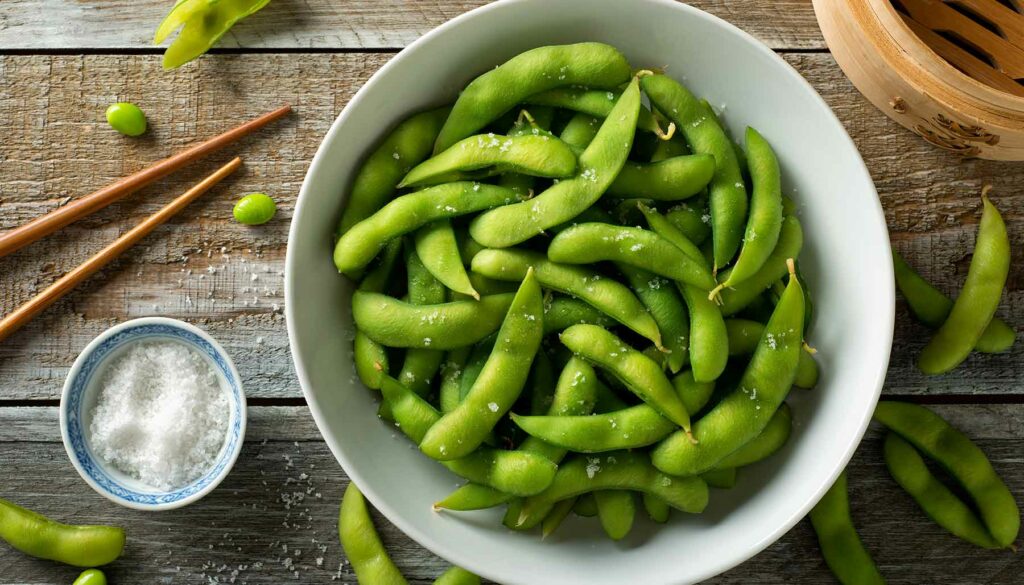
Soybeans are rich in calcium, and one cup of cooked soybeans will provide almost 20 percent of the recommended intake. They’re also a good source of fiber and other important nutrients, and are one of the rare plant foods to provide a complete source of protein.
Foods made from soybeans, like tofu and tempeh, are great options for adding more soybeans to your diet. As an added bonus, products like tofu are often fortified with extra calcium, and sometimes vitamin D, too.
Seaweed
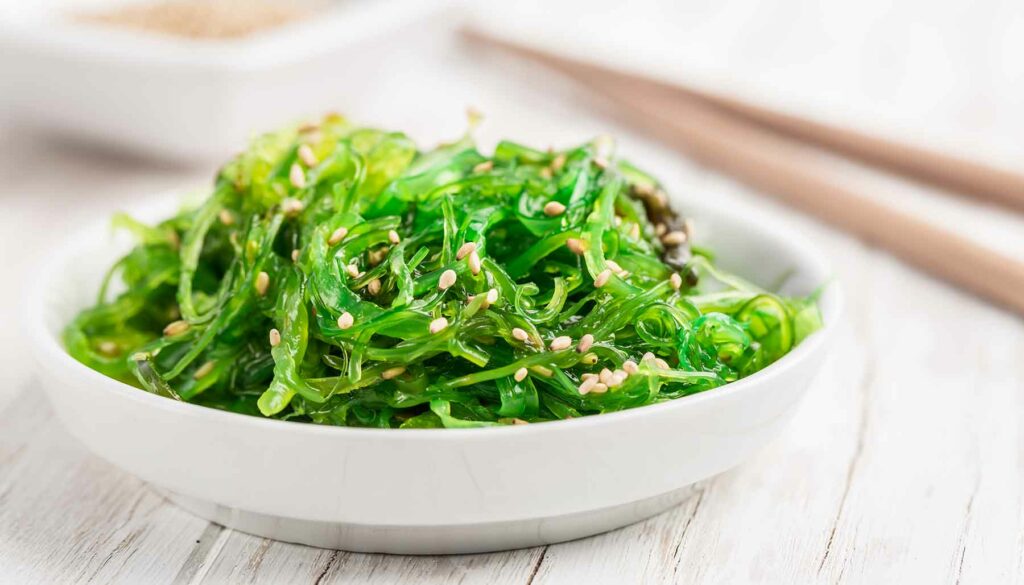
Wakame is a type of edible seaweed that has been cultivated in Japan and Korea for many centuries. Raw wakame contains around 150 mg of calcium per 100 gram serving. Plus, it also contains iron, phosphorus, and vitamins A, C, E, and K.
Kelp is another variety of seaweed that is commonly eaten, and it provides around 15 percent of your daily intake at 168 mg of calcium. Eat it raw, cooked, or even powdered to get plenty of folate, magnesium, iron, and vitamins K and A to go along with your calcium.
Leafy Greens and Other Vegetables
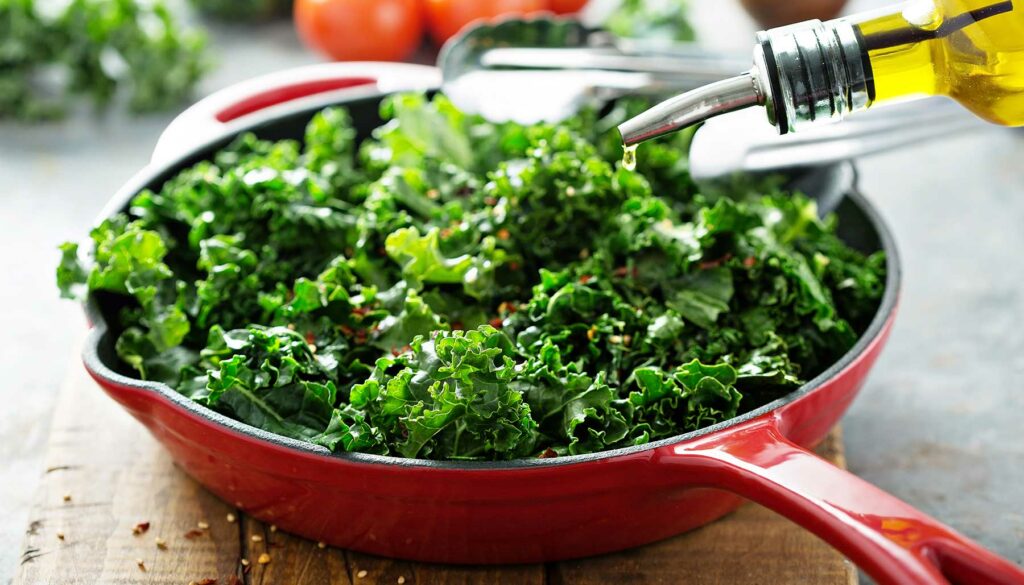
Leafy greens are a tasty way to get some calcium in your diet. Spinach, bok choy, collard greens, kale, turnip greens, and mustard greens are all great options. Vegetables like okra, cabbage, brussels sprouts, and broccoli are also decent sources of calcium.
How much of the nutrient you get depends on the vegetable itself. Collard greens are at the top of the list, with an estimated 360 mg of calcium per serving. It’s followed by broccoli rabe (200 mg), kale (180 mg), and bok choy (160 mg). Once you get into other vegetables, like broccoli or okra, you’re looking at less calcium per serving – though it’s still in there.
Some vegetables also contain antinutrients called oxalates, that can bind to calcium in your gut and make it more difficult to absorb. Vegetables with higher levels of oxalates, like spinach, can be boiled to reduce oxalate levels to help your body absorb more calcium.
Beans and Lentils
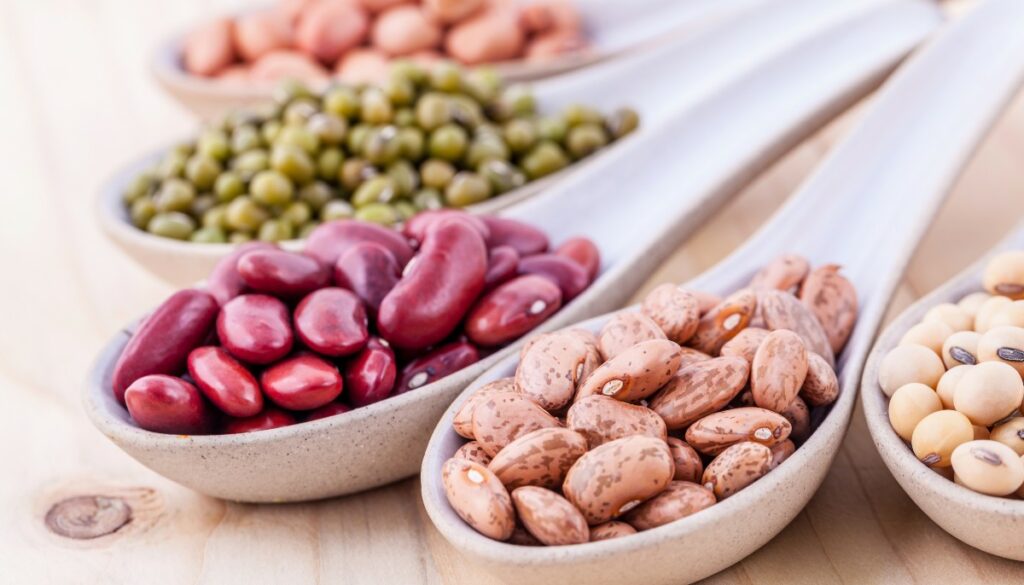
Beans and lentils are a staple to any plant-based diet because they’re usually excellent sources of fiber and protein, but did you also know that they’re good sources of calcium? Lentils, white beans, navy beans, black beans, chickpeas, and kidney beans are all good choices to get a sizable dose of calcium.
While beans and lentils do contain some antinutrients, these can be reduced by fermenting, sprouting, and soaking. Most of the time, this is how they’re eaten, anyway!
Some Nuts and Seeds
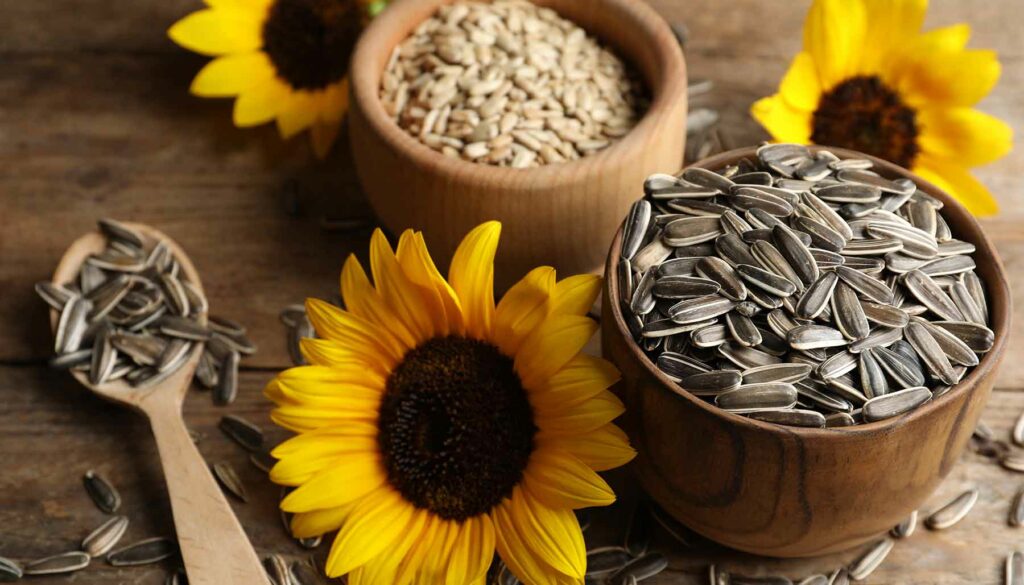
While nuts and seeds are sources of calcium, the amount depends on the variety. Almonds are at the top of the list for nuts, with about 10 percent of the recommended daily intake. Brazil nuts, pistachios, macadamia nuts, hazelnuts, and walnuts are also all top choices for calcium intake.
Chia and flax seeds contain a good amount of calcium. And while sesame seeds only provide 2 percent of your daily intake, if you make tahini from them, it provides a whopping 13 percent of your intake.
Fatty Fish and Other Seafood
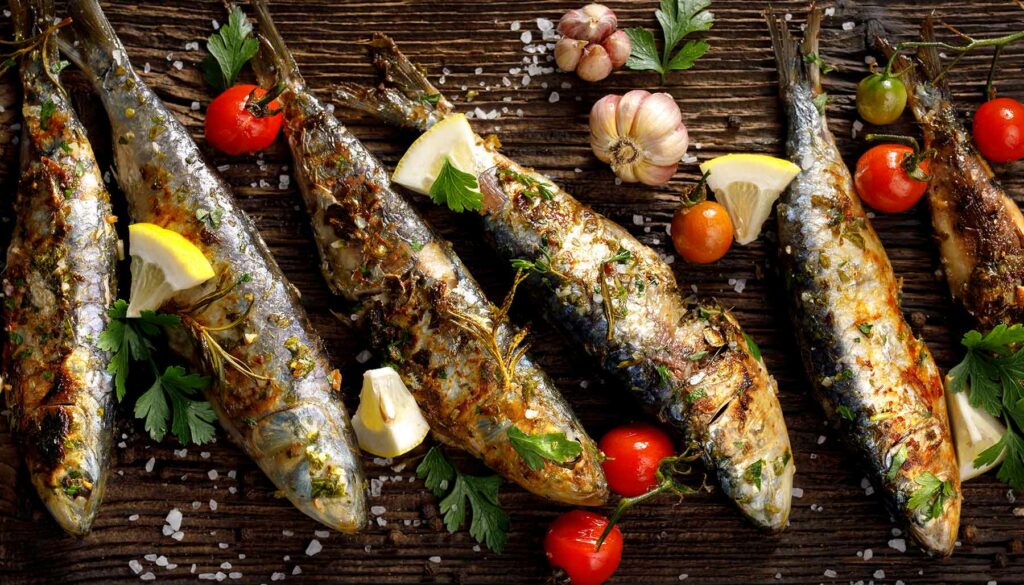
Fatty fish or oily fish are called as such because they are excellent sources of omega-3 fatty acids. This includes salmon, tuna, sardines, mackerel, and anchovies. There are a lot of health benefits linked to these good fats, like helping to balance hormones, keeping your heart healthy, and even easing symptoms of depression.
However, some of these are good sources for adding calcium to your diet, too. Sardines in particular boast 325 mg of calcium per 3 oz serving. The same size serving of anchovies contain around 232 mg of calcium. Canned salmon with skin and bones have much more calcium than salmon without.
Related: Canned fish with crackers makes our list of tasty and healthy snack ideas
A couple of other seafood options provide calcium, as well. Oysters from the east coast feature more calcium than their Pacific counterparts, and wild oysters have more than farmed ones. Octopus, shrimp, clams, and crabs also provide a decent source of calcium.
Fortified Foods
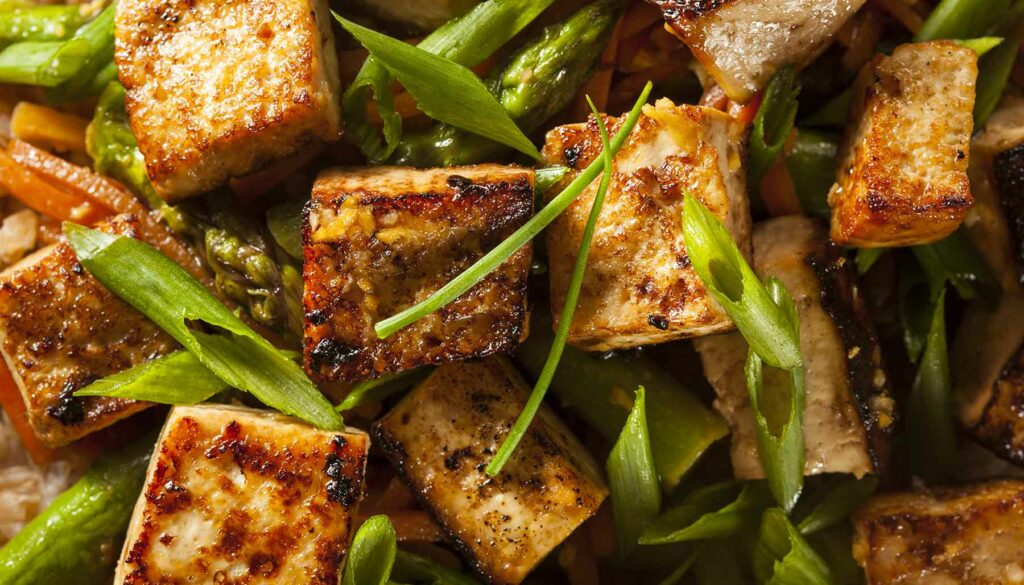
There are several foods out there that actually have calcium added to them. Often, they will also have vitamin D added, as well, to help our bodies absorb the calcium.
Plant-based milk substitutes usually have plenty of calcium added. This includes almond, soy, hemp, and oat milk, just to name a few. You’ll have to check the nutrition label to see just how much calcium is in the drink, but it can be as high as 500 mg in a single 8 oz cup. This only applies to the fortified varieties, though – regularly, many plant-based milks don’t provide a lot of calcium.
Fortified tofu, sometimes called calcium-set tofu, is also a great source of calcium. How much depends on the kind you get, but you can expect around 350 mg per serving. Breakfast cereal, orange juice, and even frozen waffles are other fortified items that will boost your calcium intake. Just make sure you check the label to know how much calcium the product contains.


